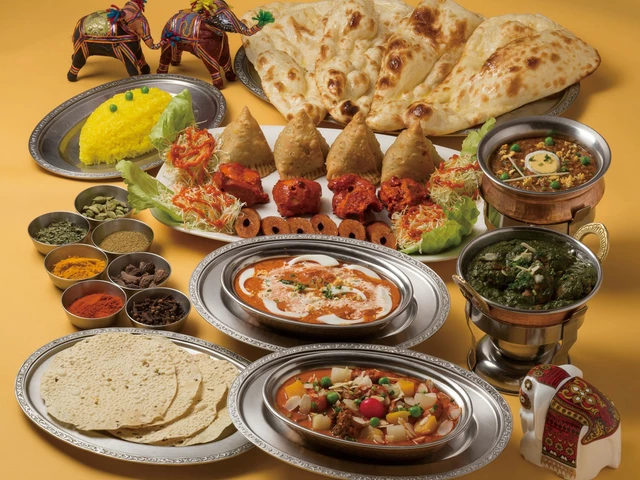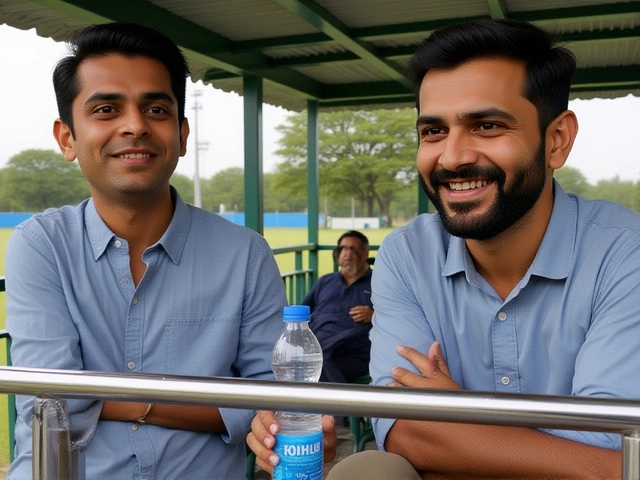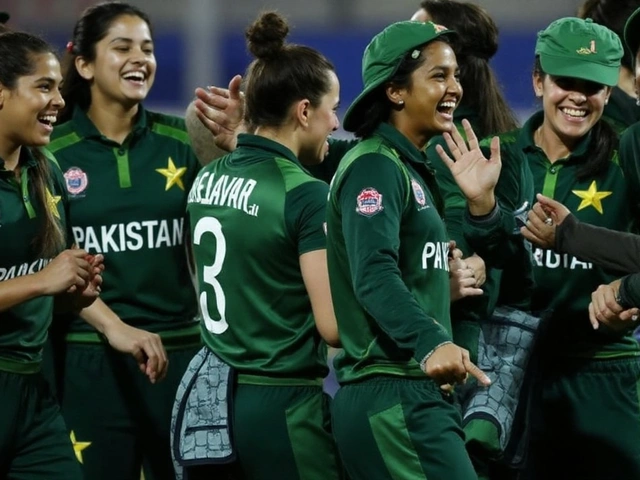Living in India – Pros and Cons
Thinking about moving to India or just curious about daily life here? You’ll find a mix of exciting positives and some real challenges. Let’s break it down so you know what to expect before you pack your bags.
What’s Great About Life Here
First off, the culture is a huge plus. From street festivals to regional cuisines, there’s always something new to try. Food is cheap and tasty – a bowl of dal and rice can cost less than a coffee in many cities. That alone makes budgeting a lot easier.
The community vibe is strong. Neighbors often look out for each other, and you’ll quickly pick up a few local phrases that open doors. If you love travel, India’s geography is a playground: mountains, beaches, deserts, and historic towns are just a train ride away.
Job opportunities, especially in tech and service sectors, have grown fast in the last decade. Cities like Bangalore, Hyderabad, and Pune are hubs for startups, which means decent salaries for skilled workers. Health care in major urban hospitals is world‑class, and many doctors speak English.
Things That Can Be Tough
Now for the not‑so‑great side. Cost of living spikes in top metros. Rent for a one‑bedroom apartment in Delhi or Mumbai can bite into a salary that would be comfortable elsewhere. Our recent post “What are the drawbacks of living in India?” dives deeper into these price pressures.
Infrastructure can feel hit‑or‑miss. Power outages still happen, especially during monsoon months, and water shortages are common in many neighborhoods. You might need a water filter or a backup generator if you’re in a crowded city.
Air quality is another headache. Cities like Delhi rank among the world’s most polluted, and a simple jog can leave you coughing. Wearing masks and checking daily air‑quality indexes become part of the routine.
Health hazards vary by region. While big cities have good hospitals, malaria and water‑borne illnesses still affect rural areas. Carrying basic medicines and using bottled or filtered water can save you from a nasty bout of fever.
Corruption and bureaucratic red tape are still present. Getting a driver’s license or a business permit may involve multiple visits and extra fees. Patience and a local contact can help navigate the system.
Poverty is visible in many parts of the country, and it shapes daily life for a lot of people. If you’re used to a uniformly affluent environment, the stark contrast can be jarring. However, observing how communities support each other can also be inspiring.
Overall, living in India feels like a roller‑coaster of flavors, colors, and surprises. The pros give you a rich, affordable lifestyle with endless cultural experiences. The cons demand flexibility, a sense of humor, and a bit of planning. Knowing both sides lets you enjoy the good parts while staying prepared for the challenges.
If you’re weighing a move or just want a realistic snapshot, keep this balance in mind. The country’s diversity means your experience can differ dramatically from Delhi to Kochi, so research the specific city you’re eyeing. With the right mindset, the pros often outweigh the cons, making India a rewarding place to call home.
What are the drawbacks of living in India?
Living in India can be a great experience, but it also has some drawbacks. The cost of living is high in many parts of the country, and infrastructure is often lacking. Air pollution is a major problem in many cities, and the country experiences power outages and water shortages. India is also home to a variety of health hazards, such as malaria and water-borne illnesses. Finally, corruption and poverty are widespread, creating a difficult environment for those living in less affluent areas.






